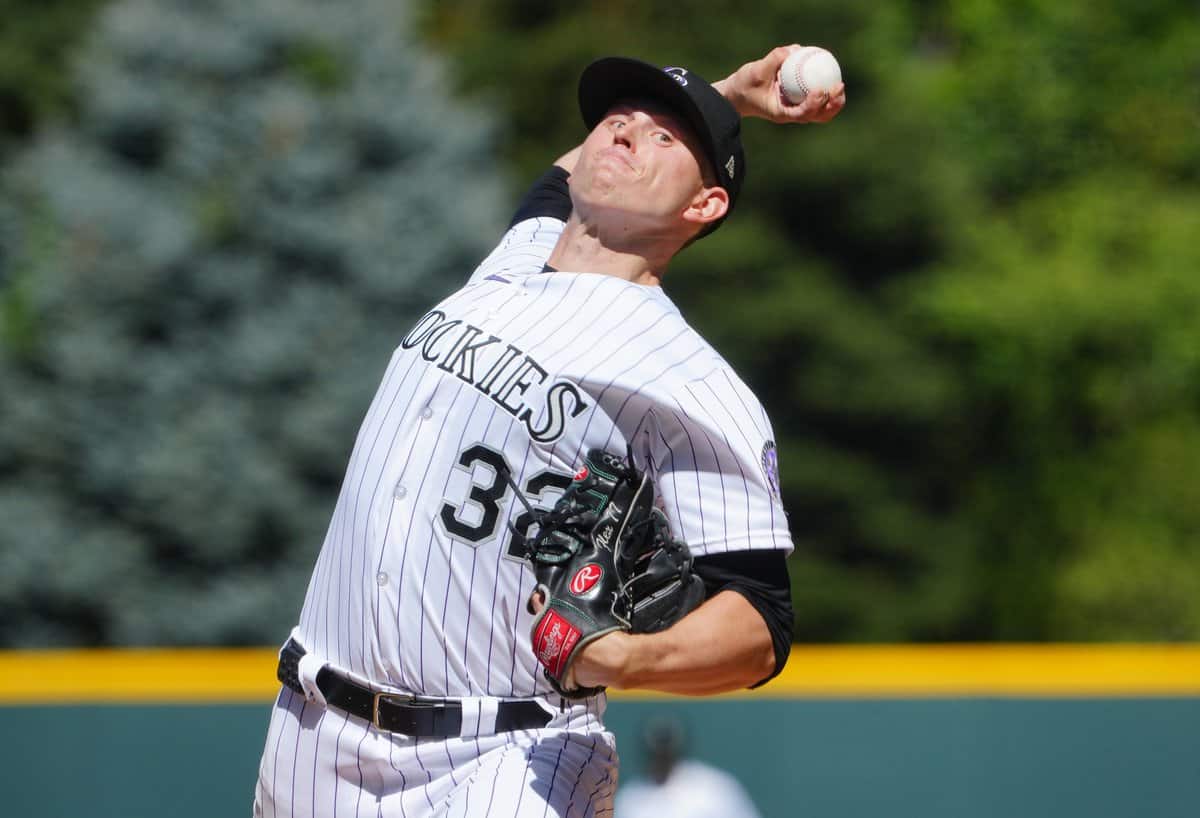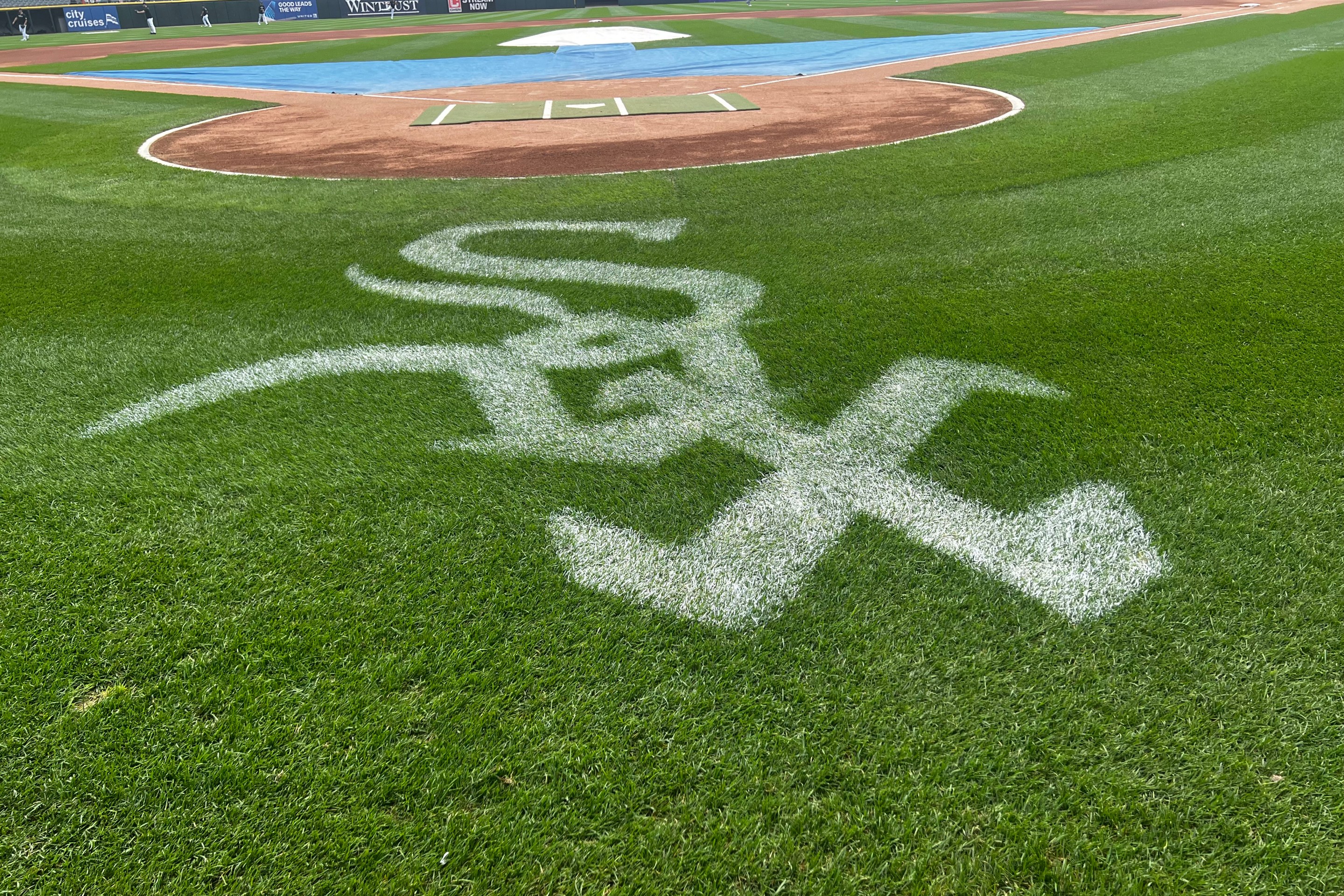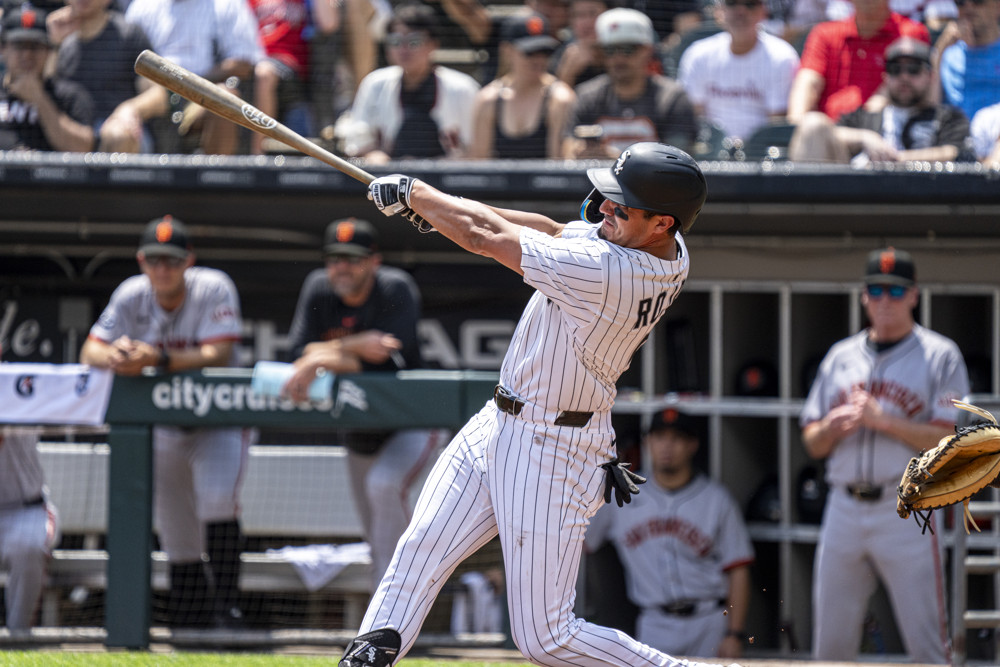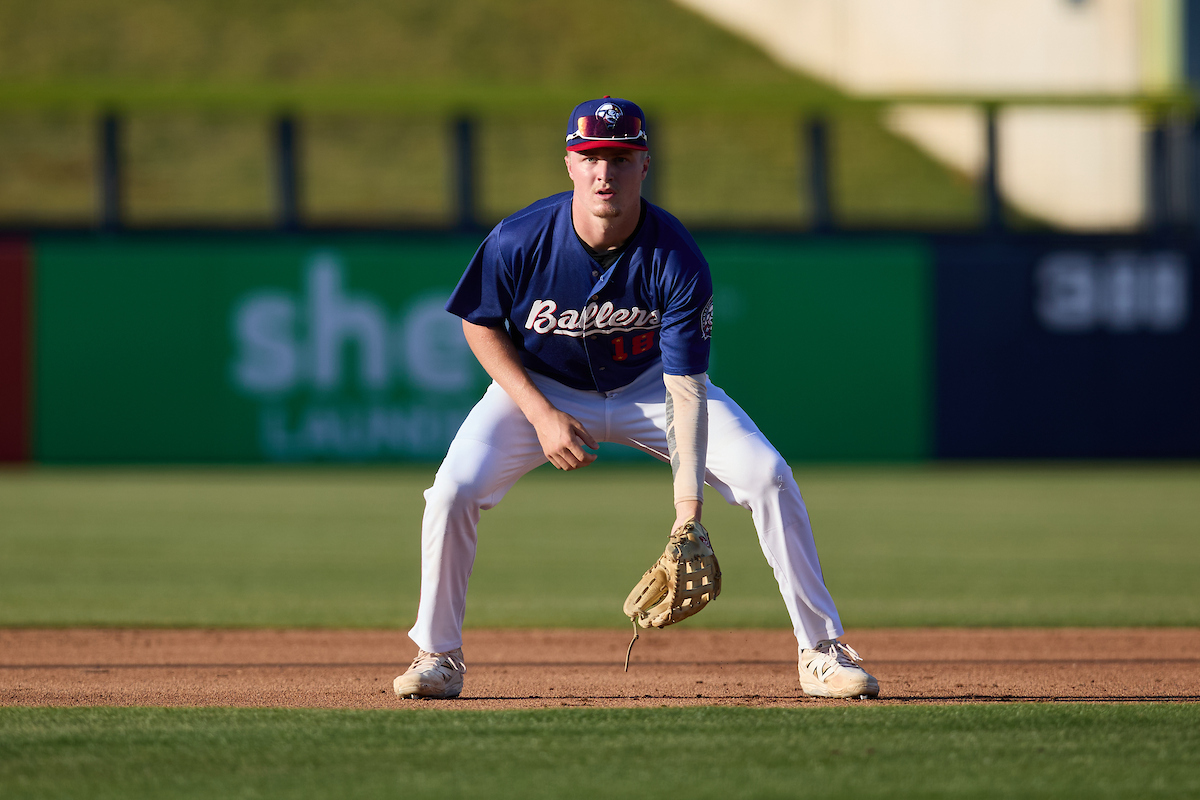When a big league pitcher agrees to a one-year, $1.75 million contract, the primary appeal is that it's a guaranteed shot when few teams are offering such, if any. Both Mike Moustakas and Kevin Pillar stand to earn more if they can convince their former teammate Chris Getz to give them a major league job out of spring camp.
"It comes down to just having belief in somebody," said Chris Flexen, before cutting through all subtext of his coming to the White Sox. "Coming off a horrendous season and still having someone say we think we can help you and get you back to where you want to be. That shows a lot of belief and a lot of confidence in me to get back, and for me to put in the work to get back where I want to be as a pitcher as well."
In the style of Erick Fedde, Flexen returned to the majors in 2021 after a year in the KBO. Seattle offered a welcome environment for a fly ball pitcher who doesn't miss many bats, and he finished an out shy of 180 innings with a 3.61 ERA. His results were similar as the Mariners shifted him to a swingman role in 2022. But despite an excellent Cactus League showing, things blew up for Flexen so quickly in 2023 that he was designated for assignment by two different clubs before last year's All-Star break, before finishing his season in the rarefied pitching hell that is Coors Field.
Naturally, Flexen was able to throw six innings of one-run ball against the Sox offense last August in the middle of his nightmare season. But the same team appealed to Flexen by offering an operating concept for why the rest of his year didn't look like that.
"He's a high release height guy, which is pretty unique," said senior advisor to pitching Brian Bannister. "He's up there with the [Justin] Verlanders and [Ross] Striplings of the world as far as really high release height. He has your classic four-seamer, cutter, curveball, changeup mix. Seattle's gone down a path of their pitcher development where a lot of pitchers are adding sweepers, pitching a little bit more east-west in nature. It's something that works for a lot of guys.
"He started going down a path similar to some of the other Seattle pitchers of trying to add a sweeper, trying to add a two-seamer and to do that -- I talked about plane of rotation earlier -- he started leaning, started compensating, started losing a little bit of his visual deception, all of those elements that helped him in 2021. Our goal as we talked to him and watched him struggle last year was, 'Did you feel right? Or did you feel like something was off?' My goal is always to look at when a pitcher is at his best and recreate those elements."
There's probably nothing initially refreshing for White Sox fans to see their team shopping in the bargain bin for a pitcher who posted Flexen's 6.86 ERA from last season. But rather than their previous tendency to hope that players can return to old performance after injury, some team staffers found it refreshing to see the club investing in their ability to untap underlying traits, rather than limiting themselves to trying to maintain good surface level stats.
Flexen's nearly overhead release point has never made his low-90s four-seamer secretly overpowering, and he has always cut his fastball to a degree to give hitters a different look. However, as his delivery orientation fell out of whack last season, Flexen felt the cutting action on his fastball run out of control. It made his heater even more vulnerable up in the zone (.383 BA, .743 SLG against the pitch last season), and rendered him unable to set up his strike-grabbing curveball or his changeup--consistently his best pitch.
When Bannister talks about Flexen undermining his visual deception, that strikes hard at his ability to use his heater just enough to set up uncomfortable swings at off-speed pitches at the knees. Batters have hit .175 against Flexen's changeup over the last three seasons, so the more he can set it up for use, it's probably for the best. While Flexen has long since ditched his sweeper as he's worked to restore his old delivery axis, the last few months since signing have been spent building out his arsenal to work with a vertical visual dynamic.
"Throwing a sweeper was a little unorthodox for my slot. It may have had some small effect but ultimately I got away from myself and got out of whack mechanically," Flexen said. "Nothing against the sweeper, but I just don't think it fits my slot. In '21, I was more north-south with the curveball, a little sharper curveball. I'm trying to get that back and be effective with that and add a little bullet[-spin] slider. That's what I was using a little at the end of last year. I'll utilize both, but ultimately it's just getting a quality breaking ball I can throw in the zone and get outs with."
"We asked him to kind of get back to that north-south mix with him. Throwing a slider, we can see the posture in his body and delivery kind of change," said pitching coach Ethan Katz. "His delivery and posture look really good and he’s kind of back to the mix he was showing in ‘21."
Flexen has never eclipsed a 17 percent strikeout rate in the majors, so a team emphasis on defense also poses a chance to squeeze out more value from the 29-year-old right-hander than his skill set might normally carry on the market. There's enough optimism in White Sox camp and enough skepticism directed toward the top of the AL Central that his success could be a fulcrum of building a far more competitive run-prevention outfit than anyone accounted for.
Beyond this one-year window or the fate of the 2024 pitching staff, a successful small investment in turning around a pitcher through mechanical and arsenal adjustments could encourage bigger investments down the road, both from interested players and the Sox front office. That's a big part of what this season is dedicated toward, even if all sounds fairly simple when the people involve lay it out.
"Major league hitters -- and they're the best judge of how good a pitcher is -- were telling him in 2021 that something was working," Bannister said. "He made some adjustments and the hitters told him, 'That's not working, because we're hitting you.' Our goal is always to recreate that using the data, using the biomechanics and really just get him back to what he was when he was good. When you're talking about somebody that's looking to bounce back, who has some proven success at some point in the recent past and we have the capacity to recreate all those elements, that's something we're interested in."
Ideally, it works out well for everyone.
"My underlying goal for all these guys is to get them paid," Bannister said. "My dad's career ended due to a shoulder injury. Mine ended due to a shoulder injury. You just never know when that day is going to come. We have a finite number of pitches in their arms. So my goal is to help them be as productive as possible, as soon as possible."





